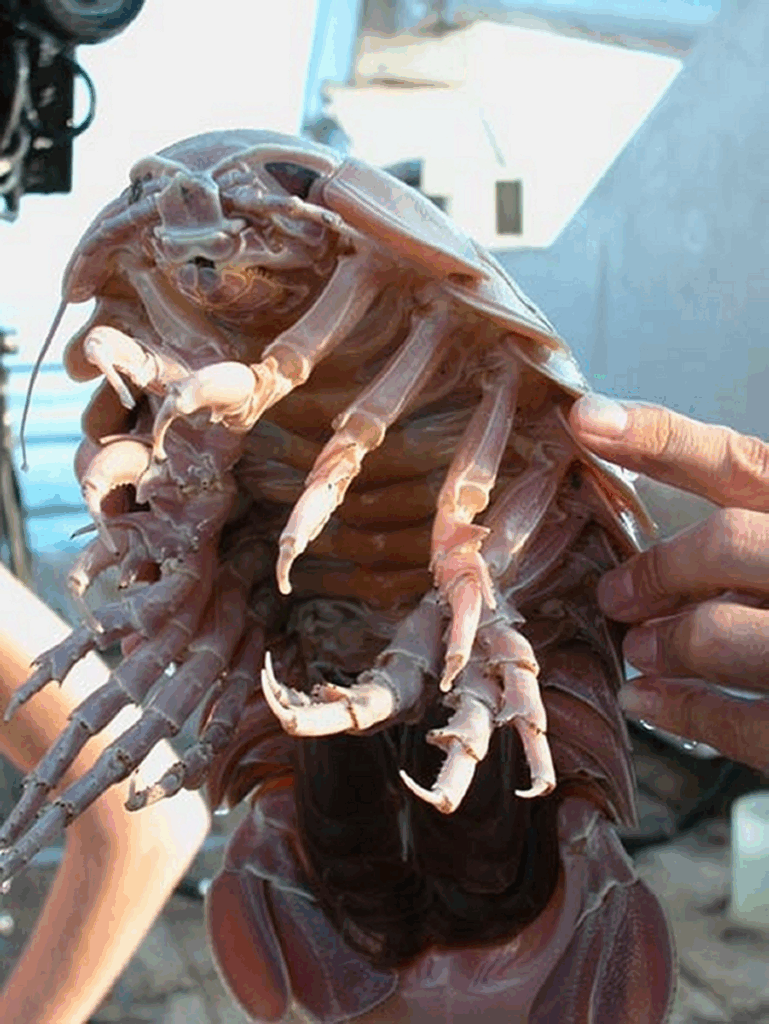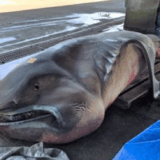No.9: Giant Isopod

Lurking in the silent depths of the ocean floor, the Giant Isopod looks like a pill bug from your backyard—on steroids. Reaching lengths of 30 cm (12 in) or more, this deep-sea scavenger is one of the largest crustaceans of its kind. It survives by feasting on carcasses of fish and whales that sink into the abyss, earning its role as the ocean’s ultimate clean-up crew.
But its most astonishing feat? Extreme fasting. At Japan’s Toba Aquarium, one individual famously refused food for over five years, surviving in a state of near hibernation without wasting away. Researchers later discovered that a single meal can amount to 45% of its body weight, storing enough energy to last nearly six years. Patient, resilient, and otherworldly, the Giant Isopod is a testament to nature’s ingenuity in the harshest environments on Earth.
No.8: Aye-Aye

Native to Madagascar, the Aye-Aye is a nocturnal primate so strange that local folklore brands it a harbinger of doom. Its shaggy black fur, bat-like ears, and piercing yellow eyes are eerie enough—but its grotesquely long, skeletal middle finger steals the show. By tapping on tree bark to locate grubs, then gnawing holes and fishing them out with this gnarled digit, the Aye-Aye employs a feeding strategy unlike any other primate.
For centuries, villagers believed that an Aye-Aye pointing its cursed finger at someone foretold death, leading to widespread killings of the species. Today, the Aye-Aye is a protected animal and a keystone species, playing a vital role in Madagascar’s ecosystem. Half demon, half marvel of evolution, it reminds us that the strangest adaptations often conceal the deepest ecological importance.


